High CPU usage in a PLC means the processor is working too hard, which can slow down operations and cause delays. This can happen due to complex programming, too many tasks, or excessive data processing. To fix it, optimize the programming, reduce tasks, and upgrade hardware if needed.
In my experience with PLC high CPU usage, I found that simplifying the control logic made a big difference. After optimizing the program, the PLC responded faster and ran much more smoothly.
In this article we discuss about “PLC High CPU Usage”.
Table of Contents
Introduction
High CPU usage in a Programmable Logic Controller (PLC) can cause problems in your systems. When the CPU is overloaded, it may slow down or even crash, leading to delays and inefficiencies. In this article, we will explain what high CPU usage means, what causes it, its impacts, and how to manage it effectively.
What is PLC High CPU Usage?
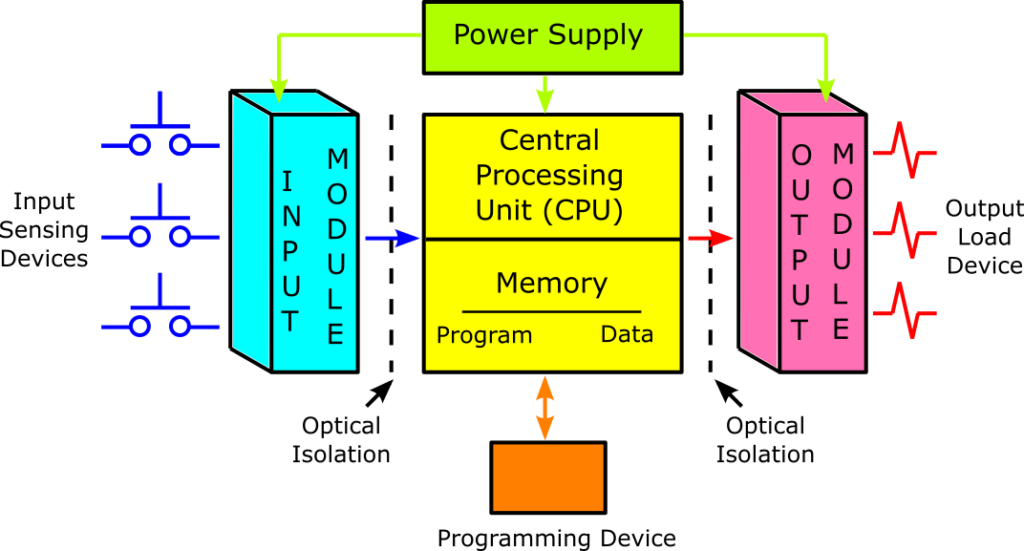
The CPU in a PLC is like the brain of a computer. It controls all the tasks the PLC needs to do, such as reading inputs from sensors, executing control instructions, and sending outputs to machines. When the CPU works too hard, it can reach a point where it cannot keep up with all the tasks. This is what we call high CPU usage.
Why is High CPU Usage a Problem?
When a PLC’s CPU is overloaded, it may struggle to complete tasks on time. This can lead to:
- Delays in Control Actions: The PLC may not respond quickly enough, causing slow reactions in control systems.
- System Crashes: An overloaded CPU can lead to complete failures, resulting in unplanned downtime.
- Inaccurate Data Logging: When the CPU is busy, it might not log data correctly, leading to poor decision-making.
- Increased Energy Consumption: Higher CPU usage means more energy is used, which can increase costs.
Read Most Important: The Speed Of CPU Is Measured In – Ultimate Guide 2024!
Causes of High CPU Usage in PLCs
Several factors can cause high CPU usage in PLCs:
1. Complex Programming Logic
If the PLC program is complicated, it can put a lot of strain on the CPU. For example, using too many loops or calculations can make the CPU work harder than necessary.
2. Extended Scan Cycle Time
Every PLC has a scan cycle, which is the time it takes to read inputs, execute the program, and update outputs. If this cycle takes too long, it can lead to high CPU usage. This often happens when too many tasks are scheduled in one cycle.
3. Excessive Communication Load
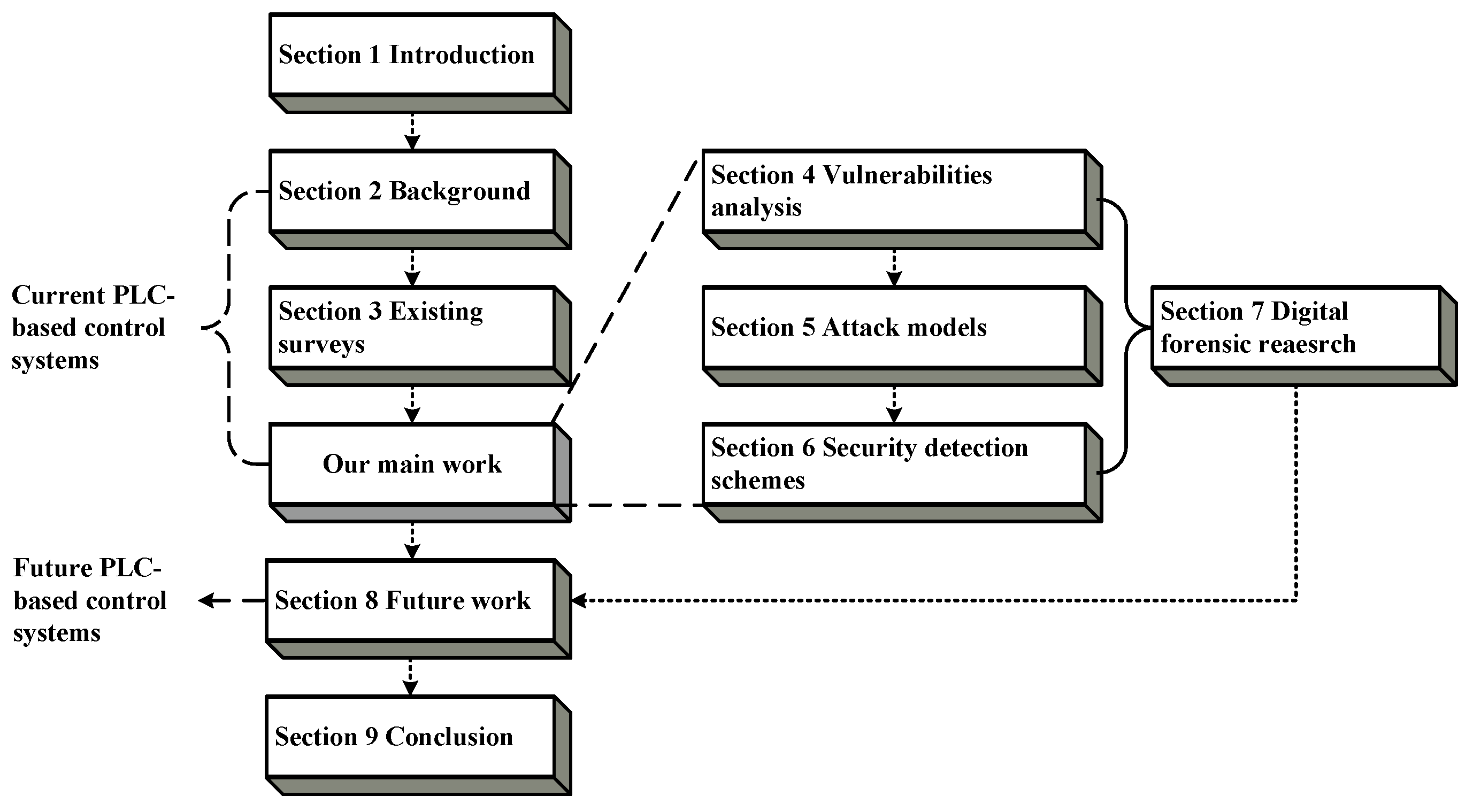
PLCs often communicate with other devices like sensors, machines, or computers. If there is too much data to send or receive, it can overload the CPU. Frequent requests for data can create a heavy communication load.
4. Intensive Data Logging
Many PLCs log data for analysis. If this logging happens too frequently or involves large amounts of data, it can increase CPU load significantly. Processing this data in real-time can also add to the burden.
5. Handling Multiple External Devices
Connecting too many devices to a PLC can overwhelm its CPU. Each device requires processing power to manage its input and output, which can quickly add up.
Read Most Important: Is CPU The Processor – A Comprehensive Guide 2024!
6. Firmware or Software Bugs
Sometimes, problems in the software or firmware can lead to high CPU usage. Bugs or outdated software can slow down processes and increase CPU load.
7. Use of High-Frequency Tasks
PLCs may need to perform tasks very quickly, like checking sensor values several times per second. If not managed properly, these high-frequency tasks can place a heavy load on the CPU.
Solutions to Manage and Reduce PLC High CPU Usage
Now that we know what causes high CPU usage, let’s look at some solutions to manage it effectively.
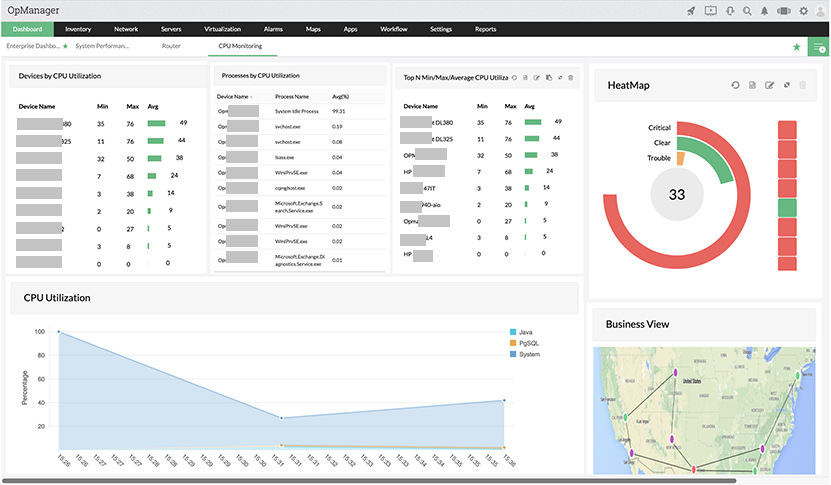
1. Optimize Control Logic
Regularly review and simplify the PLC program. Eliminate unnecessary loops and calculations. Using clear and structured programming can help reduce CPU load.
2. Reduce Scan Cycle Time
Limit the number of tasks in each scan cycle. Break down larger tasks into smaller ones that can be spread across multiple cycles. This will help keep the CPU working efficiently.
Read Most Important: Corespotlightd High CPU – Steps to Improve Performance!
3. Streamline Communication Protocols
Check the communication methods used by the PLC. Make sure they are not overloaded. Use efficient protocols to ensure that the CPU can handle the communication without getting overwhelmed.
4. Offload Data Logging
Instead of relying solely on the PLC for data logging, consider using external devices. This will free up CPU resources for more critical control tasks.
5. Upgrade Hardware
If the current PLC struggles with high CPU usage consistently, it may be time to upgrade to a more powerful model. Newer PLCs often have better CPUs that can manage larger workloads.
6. Use External Controllers
For complex tasks, consider using external controllers to handle the extra workload. This allows the PLC to focus on its main control functions without becoming overloaded.
7. Regular Software Updates
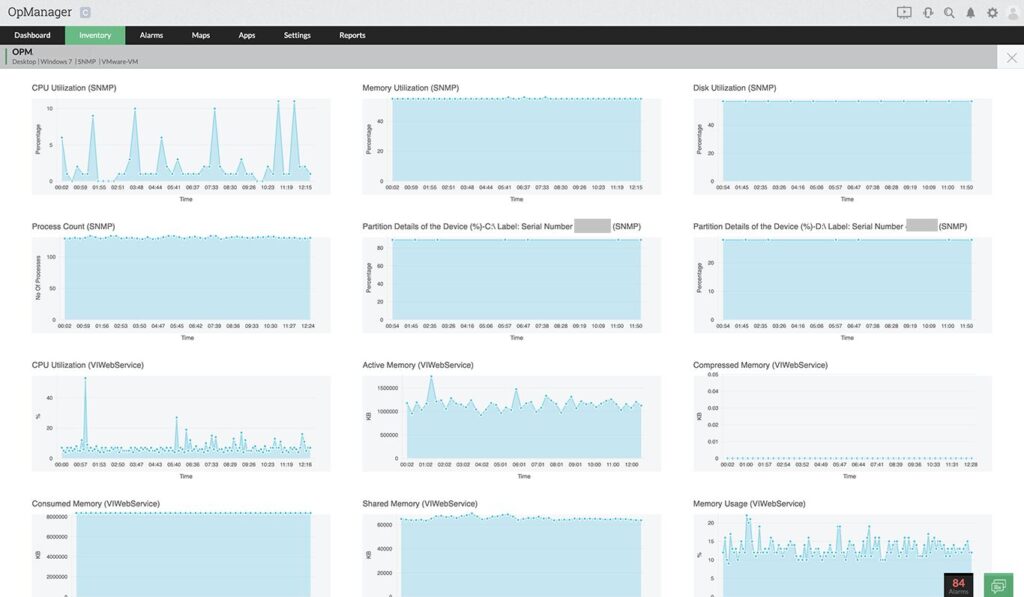
Keep the PLC’s firmware and software up-to-date. Updates often include fixes for bugs and performance improvements, helping to reduce CPU load.
8. Monitor CPU Usage Regularly
Most PLC systems have tools to monitor CPU usage. Regular checks can help you identify problems early and make necessary adjustments before issues arise.
Read Most Important: Is Overwatch 2 CPU or GPU Intensive – A Comprehensive Guide 2024!
FAQs
1. What causes high CPU usage in a PLC?
High CPU usage can be caused by complex programming logic, long scan cycles, excessive communication loads, intensive data logging, handling multiple external devices, software bugs, and high-frequency tasks.
2. How does high CPU usage affect PLC performance?
When a PLC experiences high CPU usage, it can lead to delays in control actions, system crashes, inaccurate data logging, and increased energy consumption. This can result in inefficiencies and unplanned downtime.
3. Can updating firmware help reduce CPU usage in a PLC?
Yes, keeping the firmware and software up-to-date can fix bugs and improve performance, which can help lower CPU load.
4. What is the role of scan cycle time in CPU usage?
The scan cycle time is the duration the PLC takes to read inputs, process tasks, and update outputs. A longer scan cycle due to too many tasks can increase CPU usage and slow down system responses.
5. What solutions can reduce high CPU usage in a PLC?
Some effective solutions include optimizing control logic, reducing scan cycle time, streamlining communication protocols, offloading data logging to external devices, upgrading hardware, using external controllers for intensive tasks, and regularly monitoring CPU usage.
6. How often should I monitor CPU usage in my PLC?
It is recommended to monitor CPU usage regularly, depending on your system’s demands. Frequent checks can help identify potential issues early and allow for timely adjustments.
7. Is it necessary to upgrade to a more powerful PLC if I experience high CPU usage?
If high CPU usage is a consistent problem and optimization efforts do not improve performance, upgrading to a more powerful PLC may be necessary to handle the workload effectively.
Conclusion
High CPU usage in a PLC can lead to serious problems, including delays, crashes, and increased costs. Understanding the causes and implementing effective solutions can help you maintain a smooth and efficient system. By optimizing control logic, managing tasks effectively, and keeping the software updated, you can reduce CPU load and ensure your PLC operates efficiently.
Read Most Important:
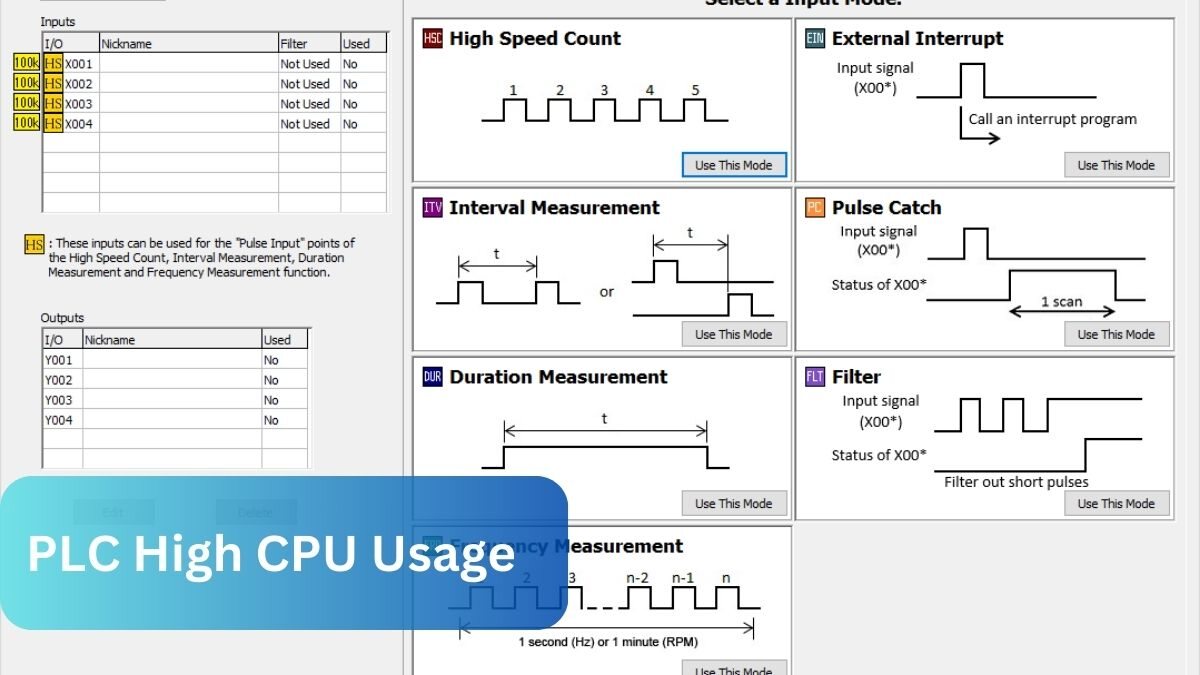
[…] Read Most Important: PLC High CPU Usage – Ultimate Guide 2024! […]
[…] Read Most Important: PLC High CPU Usage – Ultimate Guide 2024! […]
[…] PLC High CPU Usage – Ultimate Guide 2024! […]